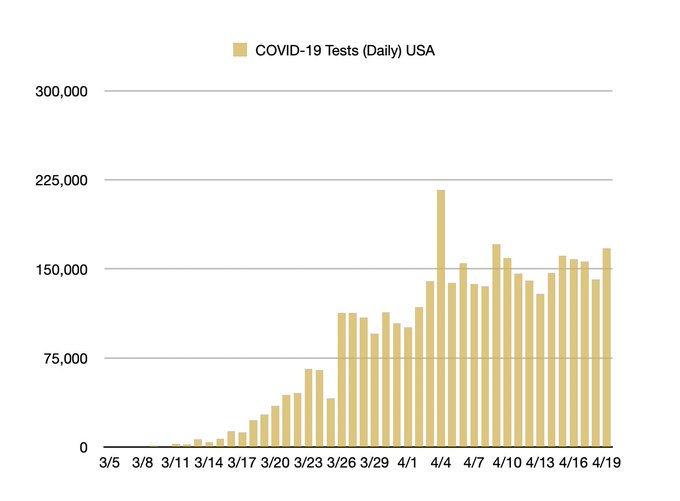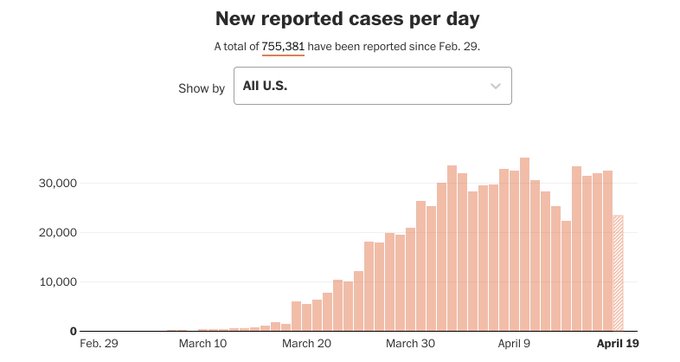margarita25
Well-Known Member
- Joined
- Oct 10, 2012
- Messages
- 51,335
- Reaction score
- 206,386
Rsbm
From the above link:
“He added: "How good are we at getting this testing up? Are we better than we've been in the past? Is it going to take us months to come to scale on rapid testing? That's the only way to get people back to work. You have to have millions and millions of tests, frankly, better and faster than we've done to date."
This isn't the first time that Cuomo has signaled that widespread testing to see who has had the virus was essential to Americans getting back to work safely.”
“"We cannot restart life as we knew it without testing," he tweeted earlier this week.”
[...]
“Cuomo's stance on testing differs from President Trump's opinion on the matter. In his daily coronavirus press briefing Thursday, Trump punted when asked about the need for widespread testing, saying that it would be nice but not required.
“We want to have it and we’re going to see if we have it. Do you need it? No. Is it a nice thing to do? Yes,” Trump said. “We’re talking about 325 million people. And that’s not going to happen, as you can imagine, and it would never happen with anyone else either.””
From the above link:
“He added: "How good are we at getting this testing up? Are we better than we've been in the past? Is it going to take us months to come to scale on rapid testing? That's the only way to get people back to work. You have to have millions and millions of tests, frankly, better and faster than we've done to date."
This isn't the first time that Cuomo has signaled that widespread testing to see who has had the virus was essential to Americans getting back to work safely.”
“"We cannot restart life as we knew it without testing," he tweeted earlier this week.”
[...]
“Cuomo's stance on testing differs from President Trump's opinion on the matter. In his daily coronavirus press briefing Thursday, Trump punted when asked about the need for widespread testing, saying that it would be nice but not required.
“We want to have it and we’re going to see if we have it. Do you need it? No. Is it a nice thing to do? Yes,” Trump said. “We’re talking about 325 million people. And that’s not going to happen, as you can imagine, and it would never happen with anyone else either.””



